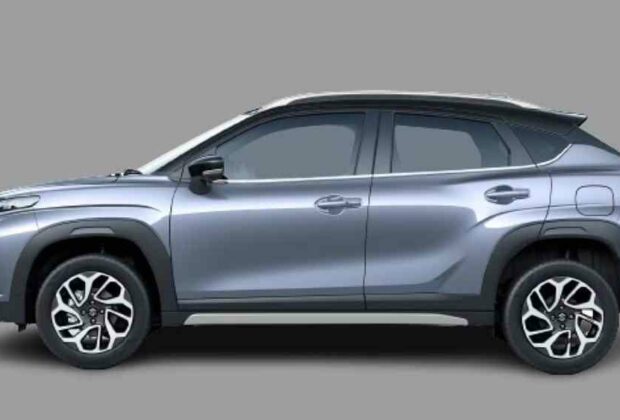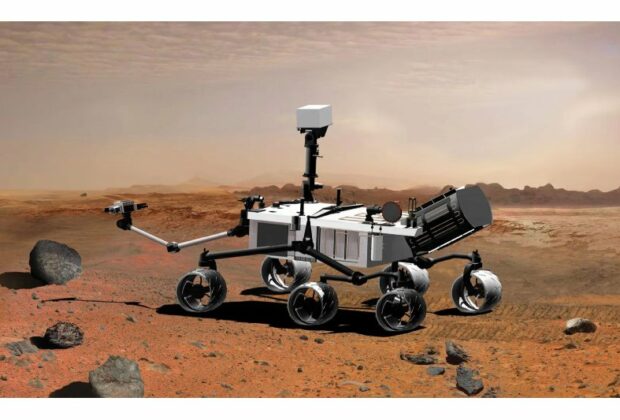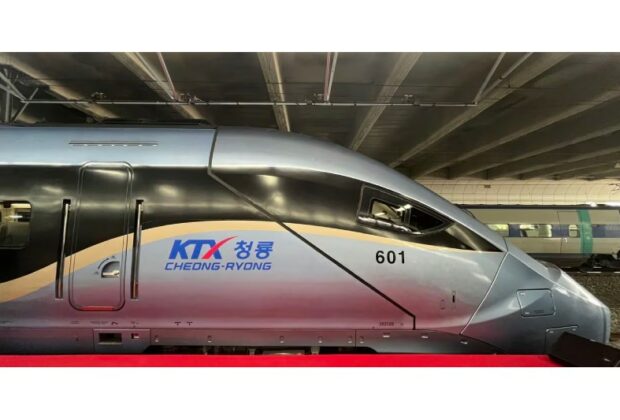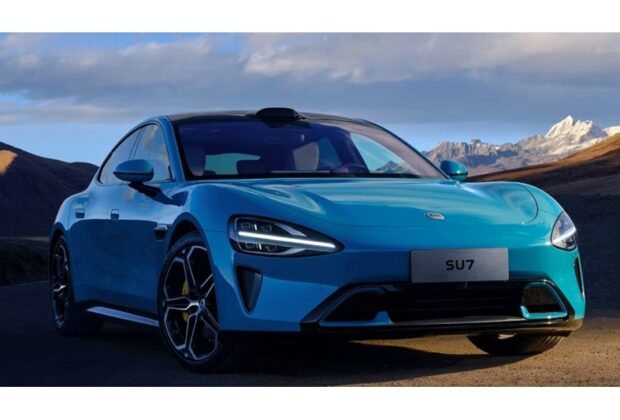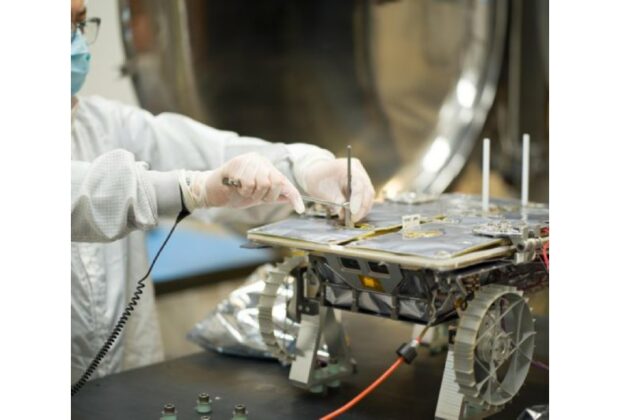The Tata Altroz Racer
At the 2023 Auto Expo, the Tata Altroz Racer—a more aggressive take on the Altroz hatchback—was introduced. The hatchback may go on sale in the upcoming weeks, despite Tata having not yet made a formal announcement regarding the launch date.
At the head of the Altroz lineup, the Altroz Racer will compete against the Hyundai i20 N Line. An engine from the Nexon, a 1.2-liter, 3-cylinder turbo-petrol, is anticipated to power the Altroz Racer. It has 118 horsepower and 170 torque, and a 6-speed manual gearbox is probably going to be attached to it.
Taisor Toyota Urban Cruiser
A teaser for Toyota’s future small crossover, the Urban Cruiser Taisor—a rebadged Maruti Suzuki Fronx—has been made public. The date of its unveiling is April 3, 2024.
It is anticipated that the Urban Cruiser Taisor will come with the same engine choices as the Fronx. These consist of a 1.0-liter turbo-petrol engine and a 1.2-liter gasoline engine. A 5-speed manual gearbox is standard on both engines. The 1.2L engine will come with a 5-speed AMT, while the 1.0L engine will have a 6-speed automated gearbox as an option.
2024 Skoda Superb
The Superb is returning to India thanks to Skoda. According to the most recent information, the brand’s flagship sedan is probably going to debut on April 3, 2024.
India will revive the B8 generation Superb, however this time it will be imported through the CBU channel. According to a leaked internal document, Skoda intends to introduce 100 Superb models. It may cost approximately Rs 55 lakh (ex-showroom).
A 2.0-liter turbo-petrol engine producing 188 BHP at 4,200–6,000 rpm and 320 Nm at 1,450–4,200 rpm will be available for the 2024 Superb. A 7-speed DSG will be mated to the engine.
Mahindra XUV300 facelift
Mahindra has not yet announced the XUV300 facelift’s official launch date. The most recent spy photos, however, show a nearly finished product, suggesting an early release.
The same 1.5-liter diesel and 1.2-liter turbo-petrol engines will power the updated XUV300. Mahindra now provides all engines with a 6-speed manual or 6-speed automatic gearbox.
Gurkha 5-door Force
The Gurkha 5-door teaser has been unveiled by Force Motors. Although the launch is anticipated to occur in the middle of 2024, the 5-door variant might be unveiled this month.
The Gurkha 5-door is anticipated to use the same 2.6-liter 4-cylinder diesel engine under the hood. This unit will be mated to a 4-wheel drive system and has 91 horsepower and 250 Nm of torque.
Hyundai Alcazar cosmetic enhancement
Hyundai is getting ready to release the upgraded Alcazar in the Indian market after releasing the Creta facelift. A 1.5-liter turbo-petrol engine with 158 horsepower and 253 torque and a 1.5-liter diesel engine with 114 horsepower and 250 torque are anticipated to be available for the Alcazar facelift, both of which can be mated to manual or automatic gearboxes.
New Maruti Swift model
Maruti is getting ready to introduce the new Swift model in India shortly. The new generation hatchback’s production already got underway in February 2024.
According to reports, Suzuki’s new Z-Series engine will be available for the 2017 Swift as a launch model. The present 4-cylinder K-Series engine will be replaced by a 1.2-liter naturally aspirated 3-cylinder engine.
Read Full Article
